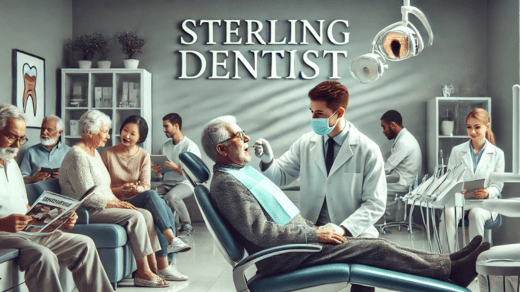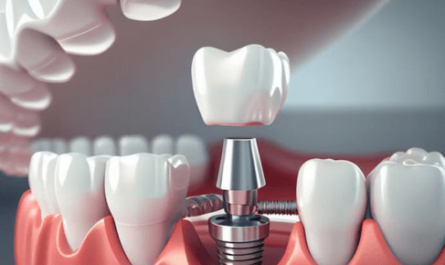
Dental anxiety is a common issue that affects many individuals, preventing them from seeking necessary oral care and potentially compromising their dental health. Understanding the roots of this fear and employing effective strategies can transform visits to your Sterling dentist from a dreaded obligation into a manageable experience.
Here are some essential tips to help manage dental anxiety and ensure a stress-free visit to the dentist.
What is Dental Anxiety?
Dental anxiety often stems from past negative experiences, fear of pain, or even the feeling of helplessness while sitting in the dental chair. The sounds of dental instruments, the anticipation of discomfort, and the sterile environment can further heighten these fears. Recognizing these causes is the first step in overcoming them.
Communication is Key
One of the most effective ways to manage dental anxiety is by communicating openly with your dentist. Letting your dental team know about your fears enables them to tailor their approach to your needs. In fact, discussing your concerns can lead to adjustments in your treatment plan, such as taking breaks during procedures or explaining each step in detail before it starts. A supportive dentist will also listen and work with you to ensure you are comfortable throughout your visit.
Relaxation Techniques
Incorporating relaxation techniques can significantly reduce anxiety levels. Deep breathing exercises, for instance, can calm your mind and body. Before your appointment, spend a few minutes practicing slow, deep breaths to help ease tension. Visualization techniques, where you imagine yourself in a tranquil setting, can also distract your mind from the impending procedure. Some patients find listening to music or guided meditation during their appointment helps maintain a calm state.
Gradual Exposure
For those with severe dental anxiety, gradual exposure to the dental environment can be beneficial. Start by scheduling a consultation appointment just to meet the dentist and the staff without undergoing any procedures. Familiarizing yourself with the surroundings can reduce the fear of the unknown. On subsequent visits, you can gradually work up to more involved treatments, allowing you to become more comfortable with each visit.
Choosing the Right Dentist
Selecting a dentist who understands and accommodates dental anxiety is crucial. Look for professionals who offer a compassionate approach and are willing to discuss your concerns. Many dental offices now specialize in treating anxious patients, offering options like sedation dentistry to help ease your experience. Don’t hesitate to ask for recommendations or read reviews from other patients to find a dentist who meets your needs.
Modern Dental Technology
Advancements in dental technology have made procedures more comfortable and less intimidating. Many modern dental practices use techniques that minimize pain and streamline treatments. For example, laser dentistry can be a less invasive alternative to traditional methods, often reducing the need for anesthesia and speeding up recovery times. Knowing that these options are available can ease your anxiety about potential discomfort.
Positive Reinforcement
Rewarding yourself for attending a dentist appointment can create a positive association and motivate future visits. Plan something enjoyable after your appointment, whether it’s a treat or a fun activity. This positive reinforcement can gradually shift your perception of dental visits from negative to positive.
Conclusion
Dental anxiety is a manageable condition with the right strategies and support. By communicating with your dentist, practicing relaxation techniques, and gradually exposing yourself to dental care, you can reduce your fears and prioritize your oral health. Remember, choosing a dentist who understands your anxiety, along with embracing modern dental technology, can sometimes make all the difference in transforming your dental visits into a stress-free experience.



